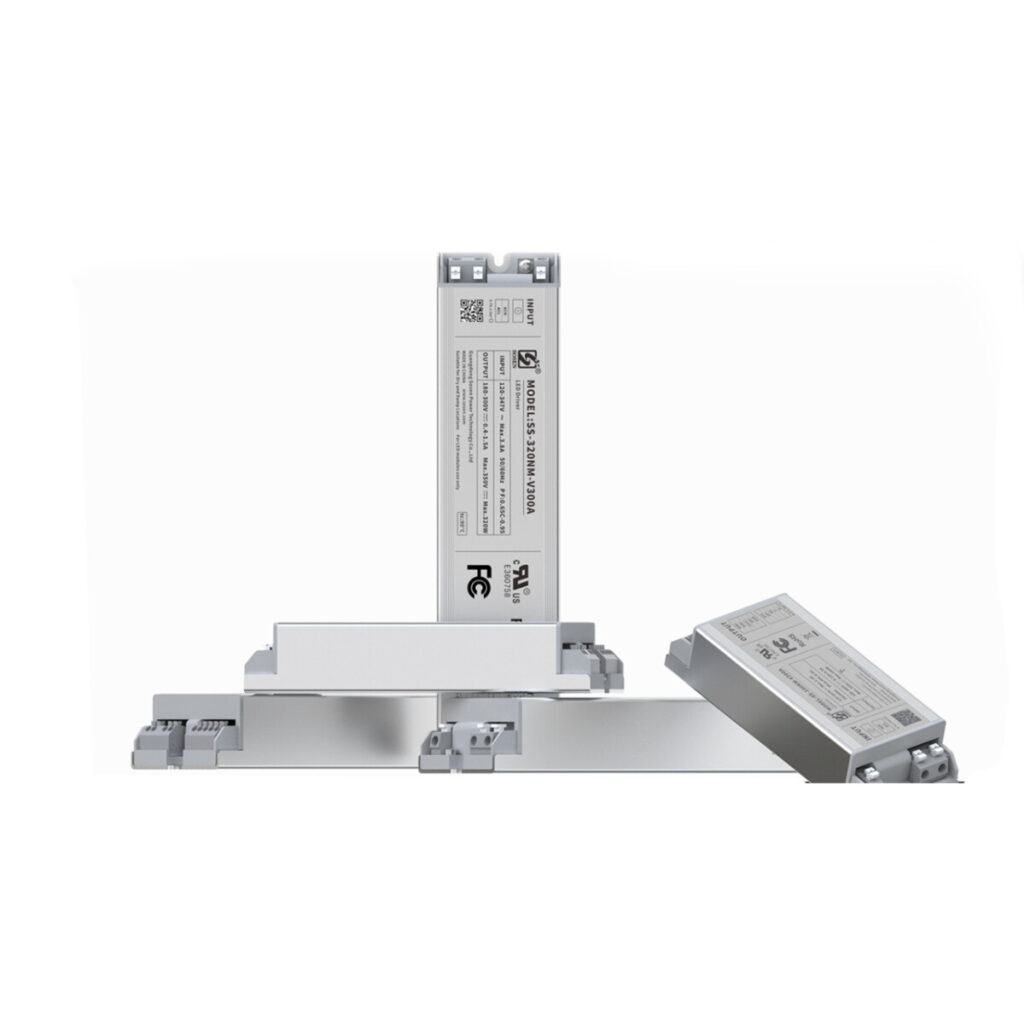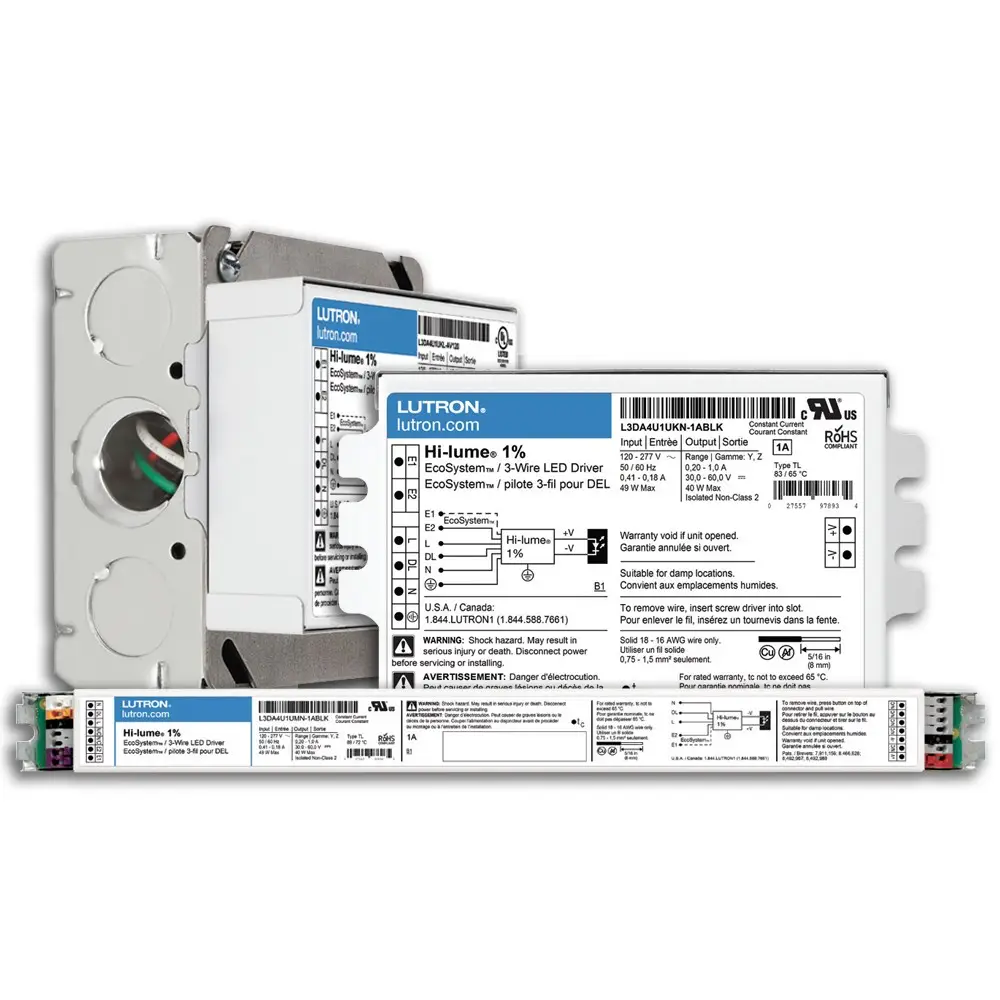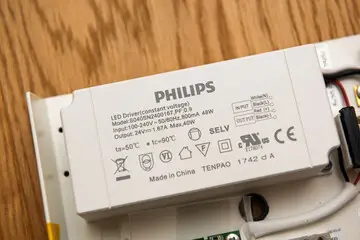Innovations in LED Driver Manufacturing: Trends to Watch
Introduction
LED drivers play a crucial role in modern lighting systems, ensuring stable and efficient power delivery to LEDs. As technology evolves, manufacturers are constantly innovating to enhance energy efficiency, reliability, and functionality. This blog explores the latest trends in LED driver manufacturing and their impact on lighting applications across residential, commercial, and industrial sectors.
1. Smart LED Drivers and IoT Integration
One of the most significant advancements in LED driver technology is the integration of smart control features and Internet of Things (IoT) compatibility. Smart LED drivers allow for:
- Remote monitoring and control via apps or centralized systems.
- Adaptive dimming and scheduling to optimize energy usage.
- Real-time performance diagnostics to prevent failures and reduce maintenance costs.
IoT-enabled LED drivers are especially useful for smart buildings, street lighting, and commercial spaces where automation and energy savings are top priorities.
2. Enhanced Energy Efficiency and Power Factor Correction (PFC)
Energy efficiency remains a key focus in LED driver design. Manufacturers are improving power factor correction (PFC) and efficiency ratings to meet stringent regulatory standards such as:
- ENERGY STAR and DLC (DesignLights Consortium) requirements.
- IEC 61000-3-2 for harmonic emissions control.
- DOE (Department of Energy) efficiency mandates.
Higher efficiency LED drivers reduce power loss, improve sustainability, and lower operational costs for large-scale lighting projects.
3. Miniaturization and Compact Designs
As LED lighting technology advances, manufacturers are developing smaller and more compact LED drivers to fit into tighter spaces without compromising performance. Key improvements include:
- Increased power density to deliver higher output in smaller units.
- Enhanced thermal management using advanced heat dissipation materials.
- Low-profile designs for architectural and recessed lighting applications.
Miniaturization allows for greater flexibility in fixture design and is particularly beneficial for retail, hospitality, and decorative lighting solutions.
4. Programmable and Adaptive LED Drivers
Programmable LED drivers are gaining popularity due to their versatility and customization capabilities. These drivers enable:
- Adjustable output currents to match different LED configurations.
- Dimming profiles and scene control settings for tailored lighting experiences.
- Seamless integration with different fixture types without the need for multiple SKUs.
Adaptive LED drivers adjust their power output based on environmental conditions, such as daylight harvesting, to further reduce energy consumption.
5. Advanced Safety Features and Compliance
With stricter regulations in place, LED driver manufacturers are focusing on enhanced safety and compliance. Notable advancements include:
- Improved surge protection to prevent damage from voltage fluctuations.
- Compliance with UL 8750, CE, and RoHS standards for environmental and electrical safety.
- Enhanced insulation and waterproofing for outdoor and hazardous applications.
These safety enhancements are particularly crucial for industrial, commercial, and outdoor LED lighting systems.
6. Wireless and Hybrid LED Driver Technologies
Wireless LED drivers are revolutionizing the lighting industry by eliminating the need for complex wiring systems. Key innovations include:
- Zigbee, Bluetooth, and Wi-Fi-enabled LED drivers for remote connectivity.
- Hybrid AC/DC LED drivers that support both wired and wireless operation.
- Battery-backed emergency LED drivers for uninterrupted illumination during power failures.
These advancements simplify installation and maintenance, making them ideal for retrofitting and new smart lighting projects.
Conclusion
The LED driver manufacturing industry is undergoing rapid transformation, driven by the demand for energy efficiency, smart automation, miniaturization, and enhanced safety. As these innovations continue to evolve, businesses and consumers alike will benefit from improved performance, lower costs, and greater flexibility in lighting applications. Keeping up with these trends will be essential for lighting professionals, electrical contractors, and facility managers looking to adopt next-generation LED solutions.


